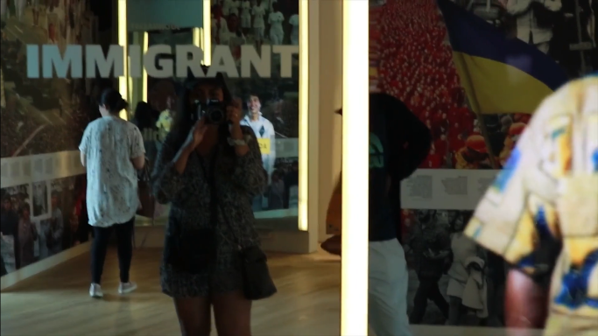In the summer of 2018, along with two other students, I was invited on a week-long civil rights era themed trip. I was filled with anticipation and excitement …
[Read more...] about E Jones: Civil Rights Trip to Montgomery and Washington, DC

In the summer of 2018, along with two other students, I was invited on a week-long civil rights era themed trip. I was filled with anticipation and excitement …
[Read more...] about E Jones: Civil Rights Trip to Montgomery and Washington, DC

I imagined my journey to New York to become a model for MONTHS. I was inspired by some bold friends who had been “discovered” in New York. I …
[Read more...] about Sofiya Stasiv: Learning to Become a Model in New York City

After hearing all my life that a liberal arts education is wholly un-lucrative, I felt pretty dubious about majoring in English in my freshman year. My father, …
Phone: (501) 450-3198
Fax: (501) 450-3284
Email: honors@uca.edu
Hours: M-F 8:00 AM – 4:30 PM CST
Empowering exceptional students to transform themselves and their world.